Tire Guide: Types, Sizes, Capabilities and More
Vehicle tires play an important role in road performance and fuel efficiency, as well as the overall life of your vehicle.
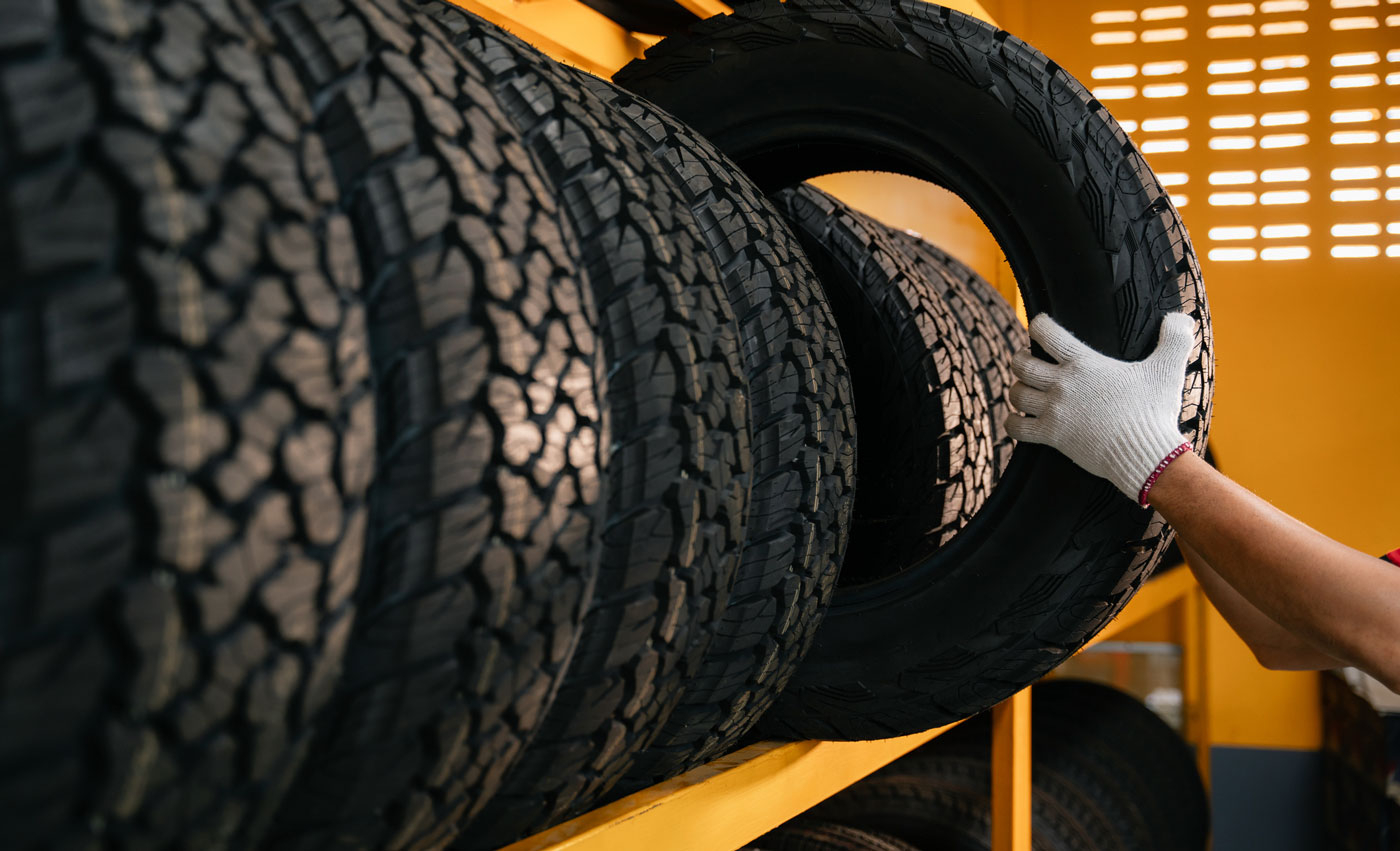 Getty
Getty
Round, rubber and reliably linked to safety – we’re talking about tires, of course. And while the difference in tire types can seem cosmetic on the surface, the benefits or consequences of the tires we choose turn out to be about a lot more than looks, or even cost. Whether you’re the A-to-B commuter or the long-haul vacationer, the tires you select, the care you give them and the intervals at which you replace them play an important role in road performance, fuel-efficiency, handling, grip and the life of your vehicle.
In this guide, we’ll break-down the seven primary tire types, the reasons tire size and capability matter, some indicators for sidewall wear and replacement, tips for tire-pressure monitoring and general information on tire maintenance. Because if your vehicle’s contact with the road and its four supporting structures aren’t right, simple driving actions can quickly shift from routine to dangerous.
What Are the Different Types of Tires?
- All-Season Tires – Known for solid all-weather grip and extended mileage, all-season tires are suitable for most mainstream cars and SUVs and come in S- and T-speed ratings.
- Performance All-Season Tires – Offering extra grip, performance all-season tires are a good choice for cars that aren’t designated to “daily driving.” They come in H- and V-speed ratings and fit well to enthusiasts’ vehicles or those with upgraded wheels.
- Ultra-High-Performance All-Season Tires – Optimized for responsive driving with superior grip, ultra-high-performance all-season tires fit well to sports cars or performance sedans. They aren’t particularly long-wearing but offer maximum street performance with ZR-, W- and Y- speed ratings.
- All-Season Truck Tires – Designed for light-duty pickups, these tires have towing and hauling capabilities and are larger in size than regular all-season tires. They can handle most conditions, including dry and wet pavement and light to moderate snow.
- All-Season SUV Tires – Splitting the difference between car and truck tires, all-season SUV tires are made for light-towing, some offroad capabilities and general SUV performance.
- All-Terrain Truck Tires – A more aggressive tread pattern is what differentiates all-terrain truck tires from all-season truck tires. They’re intended for on-road use but do well in moderate off-road conditions.
- Winter/Snow Tires – Identified by their sipes (a tread containing lots of slits), winter/snow tires are optimized for braking and handling in snow or icy conditions. They should always be purchased in sets of four and are available for both trucks and cars. They do tend to wear more quickly than other tires and don’t grip as well as all-season tires on normal road conditions.
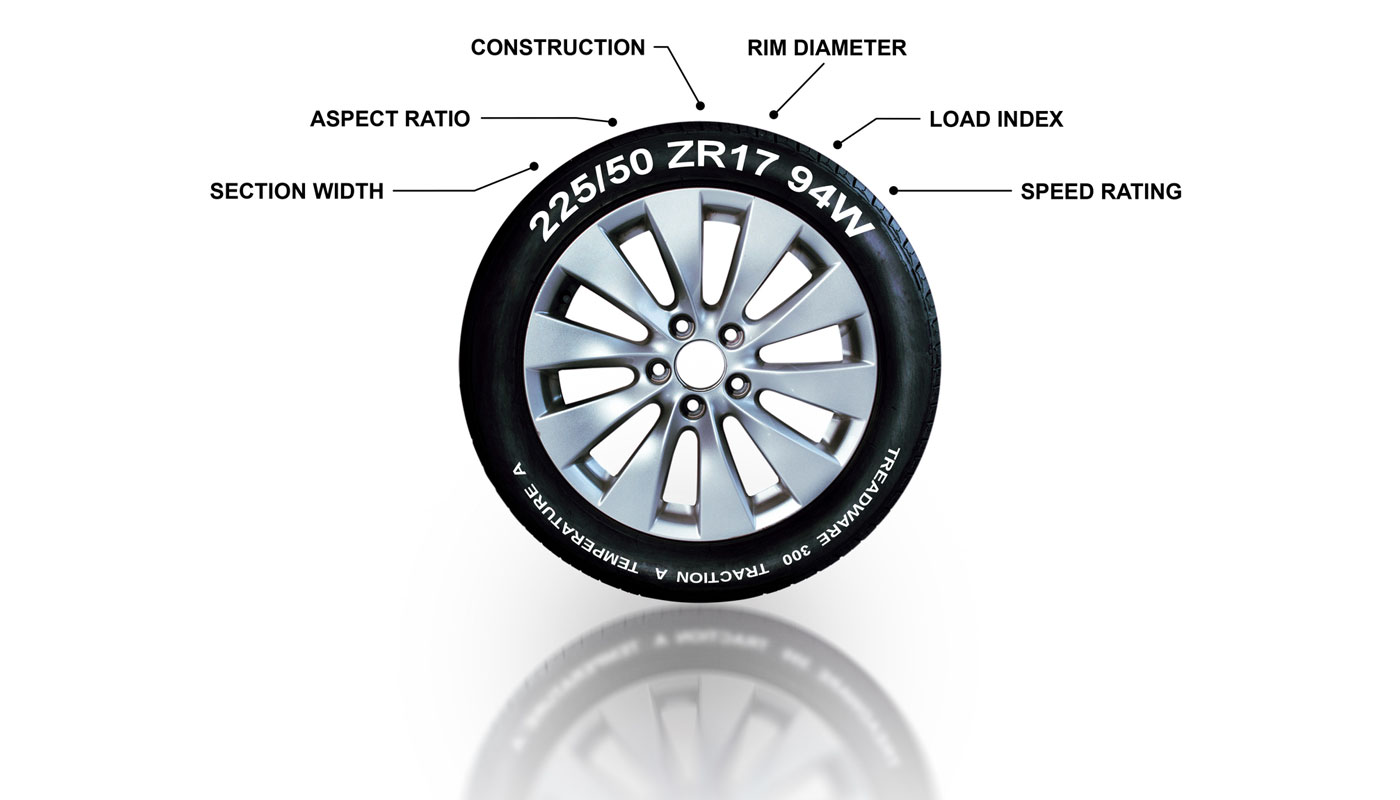 Getty
Getty
Why Does Tire Size and Capability Matter?
In the tire-selection process, size and capability are crucial. No matter how high-quality your tires are, if they can’t properly support the weight of your vehicle, your ability to brake safely and counteract weather conditions could be compromised.
- Tire size – Tire size is represented by a combination of numbers and letters that convey:
- Tire type – a metric that defines the proper use of the tire, such as “P” for passenger car tire or “LT” for light-truck
- Tire width – a measurement in millimeters from one sidewall to another
- Tire aspect ratio – the height of the tire’s sidewall
- Construction type – how the tires are built and designed; the most common designation is “R” which stands for radial construction and means that the tire’s internal ply cords are oriented in a radial direction
- Wheel diameter – the distance measured in inches across the face of the wheel
You can generally find the size of your tires listed on the inside frame of your driver’s side door, on the sidewall of your tire or in your owner’s manual. The number may display as something that looks like “P215/65/R15” or “P225/70/R16,” for example. (In the first number/letter combination example, “P” represents tire type, “215” is the width, “65” is the aspect ratio, “R” is the construction type and “15” is wheel diameter.)
- Tire capability – A tire’s capability is identified by load index (how much weight a tire can carry) and speed rating (how fast a tire can go in ideal conditions). These numbers follow the tire size number/letter combination and can be represented as “91S” or “103H,” for example, with “91” and “103” indicating the load index, and “S” and “H” representing the speed rating.
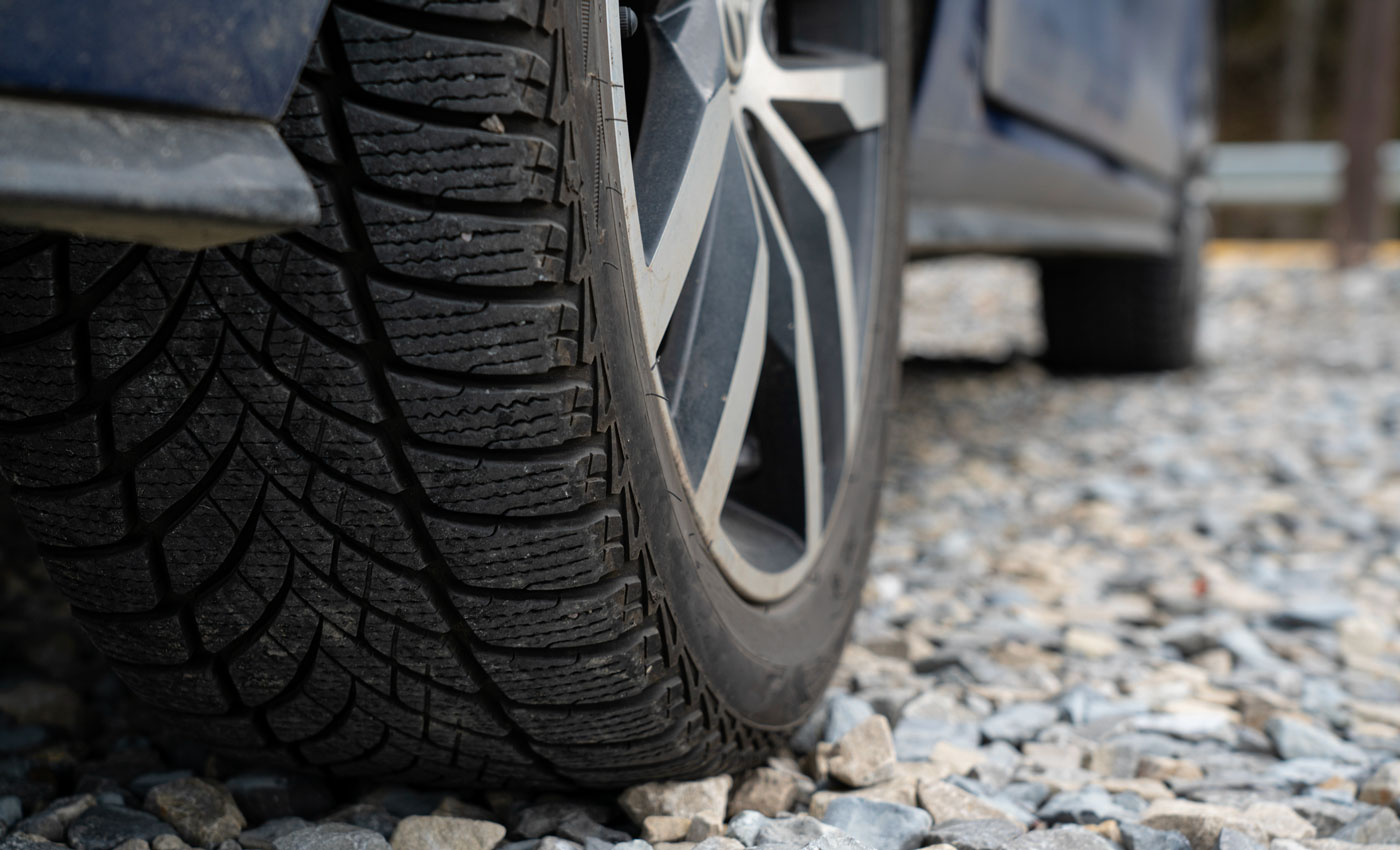 Getty
Getty
What Are Tire Treads, Treadwear Ratings and How Do You Find Them?
Tire treads are the part of the rubber on the tire that makes direct contact with the road. As you drive, the rubber slowly rubs away, and treadwear grade (sometimes called treadwear rating) is a government-required number that indicates a tire’s expected wear (i.e., how long before it rubs away).
While treadwear ratings are found on most new tires, Consumer Reports warns they aren’t a true measure of how long a tire might last. Some of the reason for this is that tire manufacturers test and rate their own tires, as opposed to third-party, independent agencies doing it. Methods for testing can differ, and ratings may not be standardized across brands.
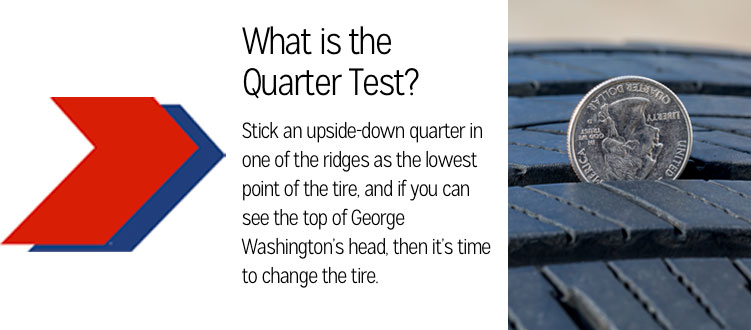
When Should You Replace Tires?
Research from AAA reveals that driving on relatively worn tires at highway speeds in wet conditions can increase average stopping distances by a staggering 43%, or an additional 87 feet—more than the length of a semitrailer—when compared with new tires.
Common signs that you need to replace your tires include:
- Worn-out treads: When your tire treads are worn out, your tires lose their grip on slick roads, which can result in a hazardous driving experience. To measure your tire tread depth, use the "quarter test," ensuring it never goes below 1/16th of an inch. AAA recommends replacing tires once the tread depth reaches 4/32nds of an inch, as this is when braking distances have already begun to significantly increase.
- Sidewall cracks: Ongoing UV exposure can degrade tire rubber, leading to cracks on the tire sidewalls or even separating the tread, regardless of how worn the central tread is. Cracks might also be caused by impacts from potholes or curbs and often indicate a potential leak. These small cracks can turn into larger fissures, eventually causing tread separation and a tire blowout.
- Uneven wear: If you notice that your tire tread is worn unevenly, it's important to diagnose and fix the cause. Misalignment, skipping tire rotations and balances, and incorrect tire pressure – either too high or too low – are common reasons for uneven wear.
- Bad vibrations: Unusual vibrations while driving can be a sign that it's time for new tires. Shaking from beneath the seat might mean your rear tires are unbalanced, whereas a bumpy sensation from the steering wheel could indicate more severe issues like suspension problems or misaligned wheels.
- Bulges and bubbles: A tire with a bubble on the sidewall likely hit a pothole or curb. If left unattended, a small bubble can lead to a blowout. Replace any tire showing bubbles or bulges immediately to avoid hazardous situations.
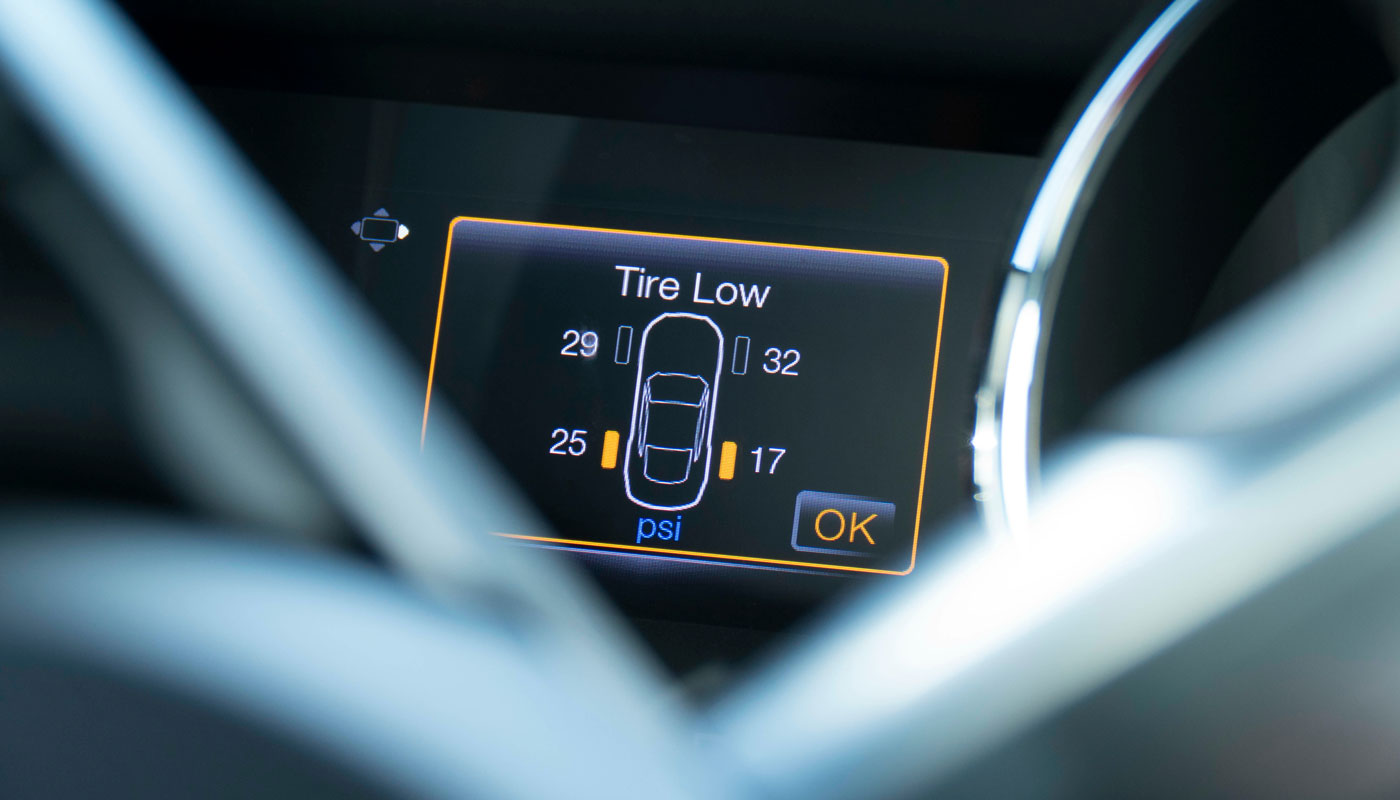 Adobe
Adobe
What Are Tire Pressure Monitoring Systems?
Many newer vehicles (2008 and beyond) have wheels that are fitted with sensors that monitor tire pressure and notify the driver when there’s a significant loss in inflation. Though federally required, there’s no mandate about which tire pressure monitoring system (TPMS) technology must be used. Some TPMS systems may alert you with a simple light indicator, others provide a full read-out on the compromised tire(s).
If your vehicle does not have a TPMS, be sure to check your tires manually at least once a month, when the temperature changes or when your tires look low on air. There are places you can purchase aftermarket TPMS systems, but they tend to require professional installment and can be expensive.
How to Read the Tire Pressure Information on Vehicle Door?
If you’re looking to find the recommended air pressure for your tires quickly, check the placard on the inside panel of the driver’s door. Along with the car manufacturer’s recommended tire size, this placard will inform you of the correct level of air needed for your tires in pounds per square inch (PSI).
While there is information on your tire’s sidewall about the maximum air pressure your tire could hold, the correct number to reference when filling your tires will be on the driver’s side door jam.
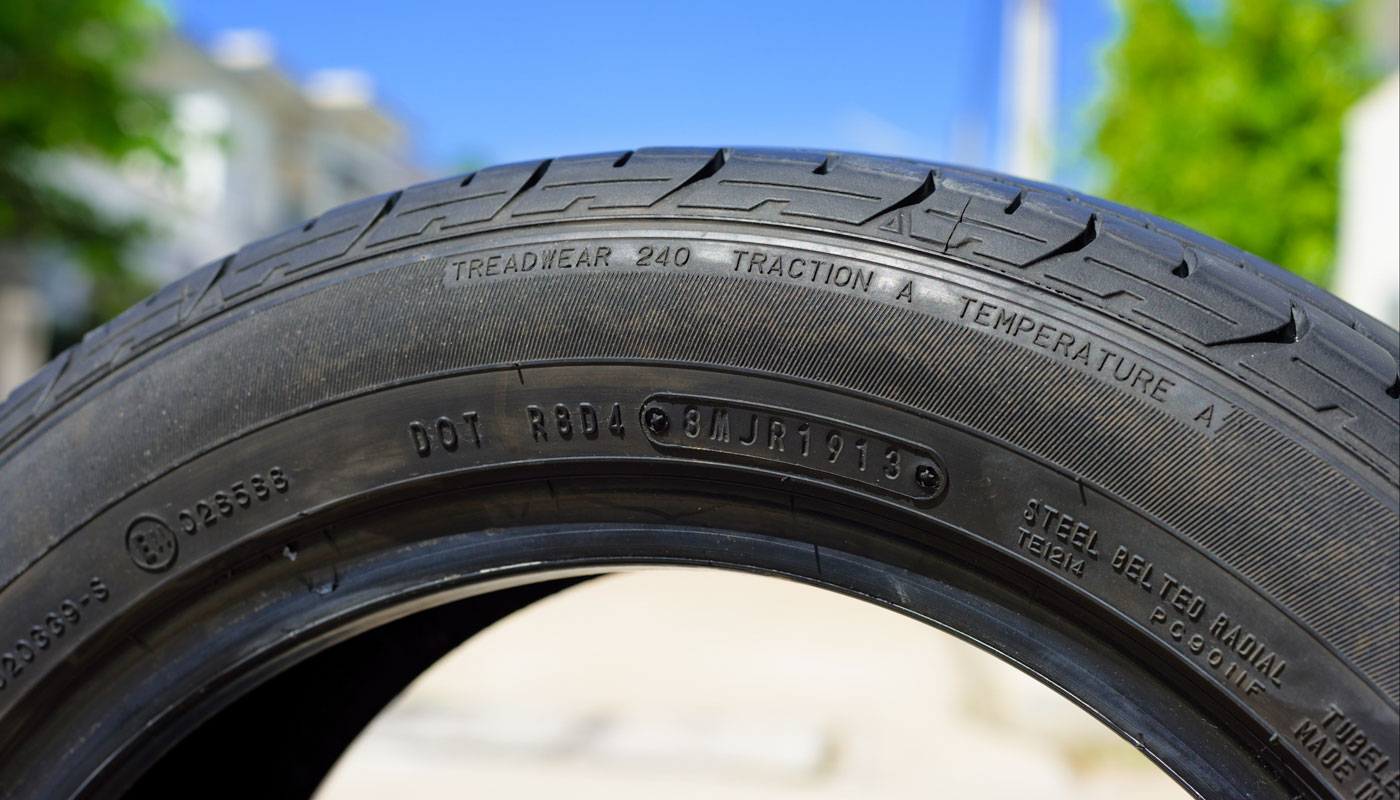 Getty
Getty
How to Read a Tire Sidewall?
Earlier in this guide we discussed how to understand tire type, tire width, tire aspect ratio, tire construction type and wheel diameter from the alphanumeric code on the sidewall of your tires. Additionally, we touched on load index and speed rating, also listed on the sidewall. But did you know there are other details on your sidewall that are critical, and even legally required?
- Department of Transportation markings:
- DOT designation - the letters “DOT” indicate that the tire is legal for street use
- Plant code – following the DOT designation you’ll find two letters that represent the tire’s manufacturer and the location it was manufactured, followed by two more letters representing the tire size in a code determined by the manufacturer
- Brand characteristics – designed for internal use by the manufacturer only, this three-digit code follows the plant code
- Date of creation – as the name implies, this four-digit code signifies the week of the year and the year your tire was made
- Treadwear, traction and temperature markings:
- Treadwear – indicates your tire’s wear resistance compared to a control tire with a 100 rating
- Traction – a comparative letter scale that tells of your tire’s ability to stop under controlled conditions on a wet, straight surface (AA is highest and C is lowest)
- Temperature – indicates how well your tire can tolerate temperature buildup via a letter-based rating
- Maximum load capacity and inflation pressure:
- Maximum load capacity – similar to load index; conveys load carrying capacity with tires fully inflated
- Inflation pressure – indicates the maximum amount of air pressure your tire can hold (remember that a better air pressure metric, as recommended by the vehicle manufacturer, is listed on the inside panel of the driver’s door)
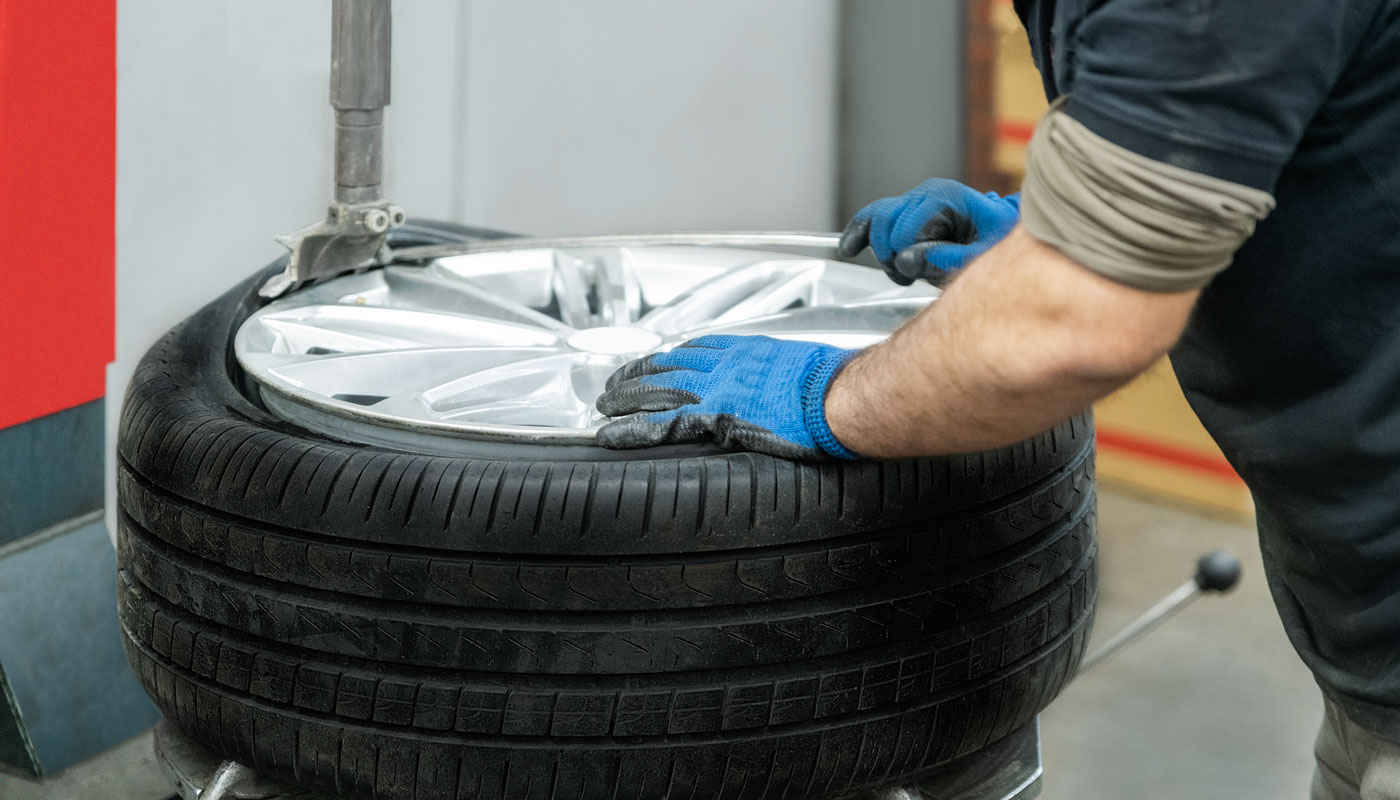 Getty
Getty
What Are Some Tire Maintenance Tips?
Like other parts of your vehicle, your tires require routine maintenance to stay in tip-top shape and to help extend the life of your car. Here are some maintenance tips:
- Rotate tires – Regularly rotating and balancing your tires is crucial to prevent uneven wear. Front tires bear the brunt of cornering and carry extra weight due to the engine, causing them to wear out more quickly compared to rear tires. By rotating your tires, you can extend their lifespan and enhance overall performance. It's recommended to rotate your tires every 5,000 to 8,000 miles. For precise rotation intervals and patterns—whether front-to-rear or side-to-side—refer to your vehicle's owner’s manual.
- Ensuring Proper Tire Pressure – In this era of work-from-home, vehicles often sit for longer periods of time than normal, so tire pressure is important to monitor. Driving with tires that are not inflated to the correct PSI (pounds per square inch) can pose serious safety risks. In extreme cases, underinflated or overinflated tires may lead to a catastrophic blowout. It's essential to regularly check your tire pressure with a tire pressure gauge, even if you don't plan to use your car soon. Should you find the pressure is off, use a portable compressor to adjust it to the appropriate level. Taking your vehicle for a quick drive around the block once a week can also help prevent flat spots from forming. This routine maintenance is crucial for both new and old tires alike.
- Apply the right pressure – under- or overinflated tires will result in uneven wear. Underinflated tires will wear on both the outside and inside edges, while overinflated tires will wear in the center. If you notice an uneven wear pattern on your tires, see an expert. If you prefer the convenience of airing up your tires at home, AAA Members earn discounts on tire products at participating NAPA Auto Parts.
- Vehicle inspections – A standard part of most vehicle inspections is the examination of tire features and overall tire health. While you should check your tire pressure at least once per month, it’s recommended to have a full vehicle inspection (including tires) at least once per year (not including standard maintenance). AAA Members receive a free vehicle maintenance inspection upon request with any paid service and 10% off labor (up to $75) at AAA Owned Car Care locations or AAA Approved Auto Repair facilities.